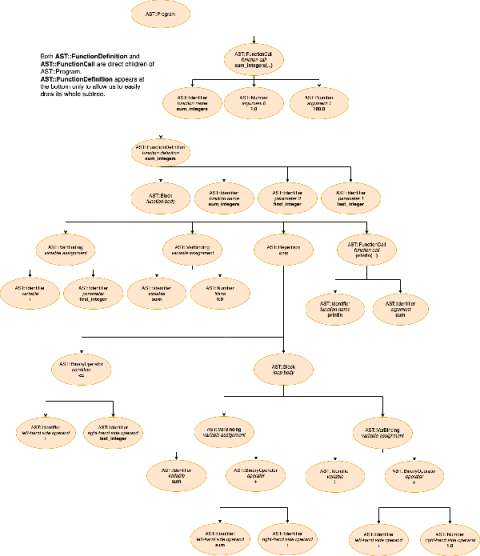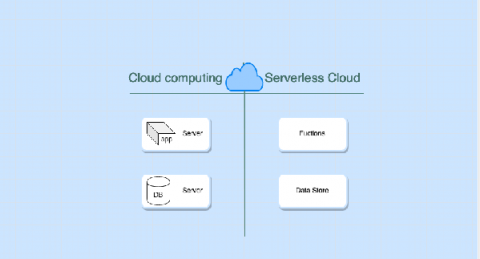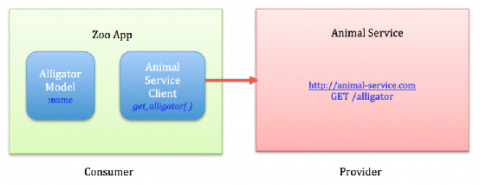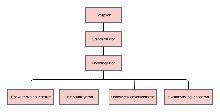Building a Programming Language in Ruby: The Interpreter, Part 2
This article is the next in our series about building a toy programming language in Ruby. Alex Braha Stoll shows us how to implement the interpreter for function definitions, variable declarations, and more.











